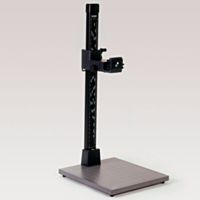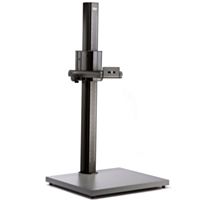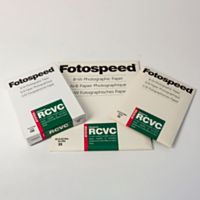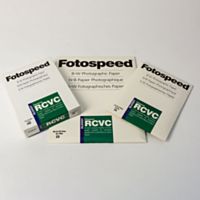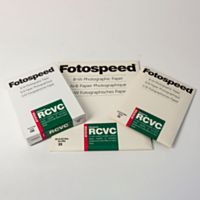Portraits are about People: Chrissie Westgate's view on Street Portraiture
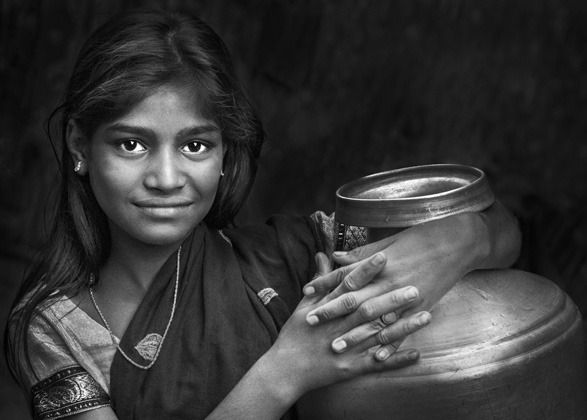
-->
Chrissie Westgate is an international award-winning photographer with many years of experience. Chrissie is a regular visitor to India and her stunning portraits have become very collectable and held in many private collections around the world. She specialises in street and informal portraiture but also enjoys all aspects of this art form. Chrissie uses Fotospeed Platinum Baryta 300gsm.
You can find out more about Chrissie here.
For me, pictures of people on the street fall into three different categories – Street Photography, Candid/Environmental Portraits and Street Portraiture.
Street Photography

Street Photography is generally about capturing images of life on the street and often illustrates a touch of irony. Henri Cartier-Bresson, was a photojournalist and is credited with creating the term, ‘The Decisive Moment’ – the creative fraction of a second when you are taking a picture. Your eye must see a composition or an expression that life itself offers you, and you must know instantly and intuitively when to click the shutter.
Candid/Environmental Portraits

These portraits are about taking photographs of people going about their daily business – vendors in a market, beggars on the street, or just a street scene. Your subjects are not aware of the camera, eye contact is not made and there is no communication between you and your subject. Sometimes people will be aware you are there, then ignore you because they are going about their daily business and are unconcerned by the presence of the camera. Be sure to include enough of the setting to aid your image, but not so much that the subject is lost in it. Anticipate behavior, if you see a scene you like find a place to sit or stand, and wait for the elements to come together in a way that will make your image.
Street Portraiture

Street Portraiture is about taking a beautiful portrait of a complete stranger. When we are out on the streets, we sometimes come across a face that stands out in the crowd, a face that can be wonderfully bizarre or stunningly beautiful, but is for whatever reason extraordinary. In my experience the first question I am asked is usually why me? I always answer truthfully with “because you have such an interesting and lovely face” – and that is always the truth. The people I want to photograph do have wonderful faces; that is why I noticed them. They have faces that tell me about their lives, that tell me a story. I strive to make the best image I can, portraying the person in the best possible way and that is what I love about my own images.
To take a good street portrait you have to engage with your subject. When you are photographing strangers, you either get the picture or you don't. There is no going back to a fleeting moment!

All people photography should be about the three R’s – Rights, Responsibility and Respect!
Rights: everyone should be able to choose whether they have their picture taken or not. Therefore, ensure you ask permission for portraiture. If they say no, smile, say thank you and move on – there are millions of people and it won’t be long before someone says yes! Sometimes language may be a problem, but smiling and pointing is universal!
Responsibility: As a photographer, you have a huge responsibility to the person you are photographing. Generally, our images are not going to change the world so don’t antagonise or upset anyone because there is no point, you will not feel good about yourself or enjoy that image when you get home. It is far better to engage and share some time together then take your photograph – it will be so much more meaningful.
Respect: Show respect to everyone, their feelings and their beliefs people are always more important than photographs and remember the beggar on the street could be you! Also you don't want to abuse people, and doing something against a strongly held belief is disrespectful, don’t do it, you will not be pleased to share that image knowing the person was upset by your behaviour.
Top tips for Street Portraiture
When you have come upon someone you wish to photograph, watch and wait, spend a few minutes trying to establish what sort of person it is you are going to approach. Wait until the person is in a suitable place to be photographed – if you are making a street portrait, background is very important. Approach the person when the elements have come together and engage with them. Think about how you'd feel if someone approached you and wanted to take a photograph of you. How they did it would almost certainly determine how you would respond! Be honest about who you are and what you're doing.
There are several ways to be unobtrusive. The first thing, of course, is to determine what you want to photograph. Perhaps you see a stall in a market that is particularly colourful, a park bench in a beautiful setting – whatever has attracted you. If you're using a long lens and are some distance from your subject, it will probably be a while before the people in the scene notice you. You should be able to compose your image and get your shot before this happens.
If they do notice you, smile and wave. There's a difference between being unobtrusive and unfriendly. Another way to be unobtrusive is to be there long enough so that people stop paying attention to you. If you are sitting at a café order some coffee and wait. As other patrons become engrossed in conversations or the paper, calmly lift the camera to your eye and make your exposure. In most cases, people either won't notice or object. But be watchful, don't keep firing away and become an annoyance otherwise they will mind.
Settings – The Other Subject
The setting in which you take pictures of people are important because they add to the viewer's understanding of your subject. The room in which a person lives or works, their house, the city street they walk, the place in which they seek relaxation – whatever it is, the setting provides information about people and tells us something about their lives. Seek balance between subject and environment. Include enough of the setting to aid your image, but not so much that the subject is lost in it.
Anticipating Behaviour
An important element in people photography is knowing your subject well enough to be able to anticipate what they are going to do. It's the only way you are going to be able to get pictures of that ‘moment’. If you wait until you see it, it's frequently too late. The key is to watch people carefully and always have your camera ready. If you're going to be shooting in one situation, set the aperture and shutter speed in advance so you don't have to change them. Watch people through the viewfinder. If you're paying attention, you'll sense what's about to happen.
Candids with Consent
Unobtrusive candids seek to be ‘fly-on-the-wall’ images that catch people going about their business seemingly unaware of the camera and the photographer. Candids with consent are made when the photographer is actively engaged with the subject and the subject is conscious of this involvement, this is very different. Photographs are records of the photographer's relationship with his or her subject. In consensual candids, the relationship can be either obvious, with the subject looking directly into the camera, or subtle – the relationship is implicit because the image feels more intimate. From this, we feel that the photographer was close to the subject and that the person was aware of being photographed.
Environmental Portraits
Environmental portraits are about people and what they do with their lives. They are about the kind of house a person lives in and how they decorate it; about what kind of work they do and where they do it; about the surroundings they choose and the things they surround themselves with. Environmental portraits seek to convey an idea about a person by combining portraiture with a sense of place.
You may be asked to pay for taking photos of certain people. If I really want that picture then I would comply with such requests. However, we all feel differently about such things. My thoughts are, I pay for a postcard when I travel, why shouldn’t I pay for an image I take? In comparison with my flight and holiday costs, the amount I am being asked for is pennies, but for some it can be the difference between eating and not eating that day. Having said that, I rarely get asked for money, spending time with people seems to put the relationship on a friendly and far more personal level and the rewards are invaluable.
Want more ideas on how to improve your photography and prints? Check out the rest of our blog, or get in touch to see how Fotospeed can help!
If you would like to stay on top of all the latest information from Fotospeed don't forget to sign up to our Newsletter.


